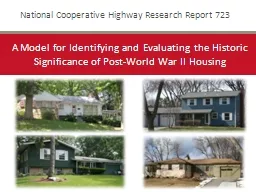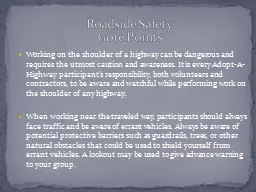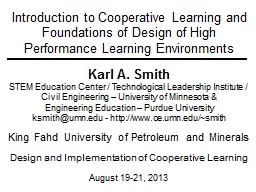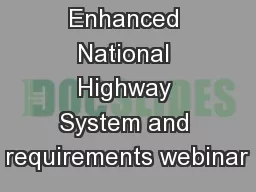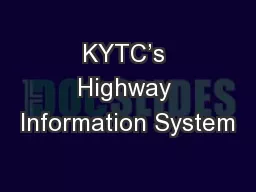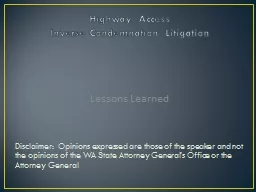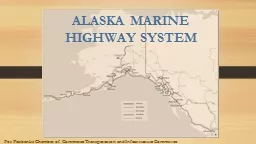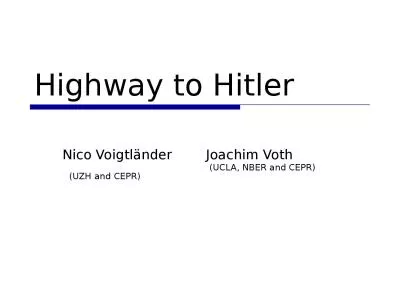PPT-National Cooperative Highway Research Report
Author : test | Published Date : 2016-09-03
723 A Model for Identifying and Evaluating the Historic Significance of PostWorld War II Housing Project Team Mead amp Hunt Inc Emily Pettis Co Principal Investigator
Presentation Embed Code
Download Presentation
Download Presentation The PPT/PDF document "National Cooperative Highway Research Re..." is the property of its rightful owner. Permission is granted to download and print the materials on this website for personal, non-commercial use only, and to display it on your personal computer provided you do not modify the materials and that you retain all copyright notices contained in the materials. By downloading content from our website, you accept the terms of this agreement.
National Cooperative Highway Research Report: Transcript
Download Rules Of Document
"National Cooperative Highway Research Report"The content belongs to its owner. You may download and print it for personal use, without modification, and keep all copyright notices. By downloading, you agree to these terms.
Related Documents

